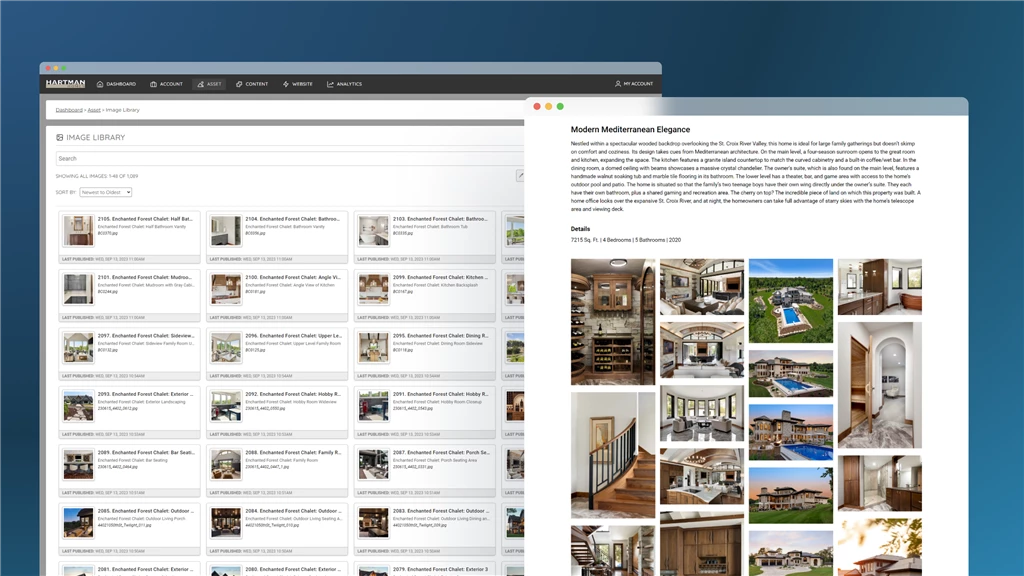1. Understand Your Customer Journey
Start by fully comprehending how your customers interact with your brand across various touchpoints. This involves mapping out their entire journey, from awareness to purchase and beyond. Identify any gaps or friction points along the way.
- Customer Journey Mapping: Create detailed maps of your customer journeys to understand how they move between channels.
- Customer Feedback: Gather insights from customer feedback, surveys, and analytics to identify pain points and preferences.
2. Ensure Consistent Messaging and Branding
Consistency in messaging and branding across all channels is vital for delivering a unified experience. Customers should receive the same information and brand experience whether they’re on your website, in-store, or engaging with your social media platforms.
- Unified Brand Guidelines: Develop and enforce comprehensive brand guidelines covering messaging, visual identity, and tone of voice across all channels.
- Cross-Channel Coordination: Ensure that your marketing, sales, and customer service teams are aligned and communicate consistently.
3. Integrate Your Data Systems
Integrating your data systems is fundamental to improving omnichannel experiences. Centralizing customer data from all channels using a Customer Relationship Management (CRM) system allows you to track interactions, preferences, and behavior across different touchpoints.
- CRM Systems: Use a CRM to centralize customer data, providing a 360-degree view of each customer.
- Data Integration Tools: Implement tools that allow different systems (e.g., e-commerce platforms, in-store systems, mobile apps) to communicate and share information in real time.
4. Personalize the Experience Across Channels
Personalization plays a crucial role in creating relevant and engaging experiences for your customers. Use the data gathered from various channels to deliver personalized content, product recommendations, and offers based on each customer’s previous interactions and preferences.
- Personalized Content: Tailor content, recommendations, and offers to individual customers.
- Omnichannel Loyalty Programs: Implement loyalty programs that reward customers across all platforms.
5. Optimize Mobile Experiences
Given that mobile devices are often the first and most frequent point of contact between a customer and your brand, ensuring a smooth and user-friendly mobile experience is essential.
- Mobile-First Design: Ensure your website and digital content are optimized for mobile with responsive design and easy navigation.
- Mobile Apps: Continuously improve your mobile apps to provide a rich, user-friendly experience that complements your other channels.
6. Enhance In-Store and Online Integration
Bridging the gap between in-store and online experiences is a hallmark of successful omnichannel strategies. Ensure that customers can transition smoothly between online and in-store interactions.
- Click-and-Collect Services: Offer services like "buy online, pick up in-store" (BOPIS) to merge online and in-store experiences.
- In-Store Digital Tools: Equip your stores with digital tools like kiosks or mobile apps that allow customers to access online inventory or product details while in-store.
- Real-Time Inventory Sync: Synchronize your online and in-store inventories in real time to prevent discrepancies.
7. Streamline Customer Support Across Channels
Customers may reach out for support through various channels—phone, email, chat, social media, or in person. Providing consistent and responsive customer support across all these touchpoints is essential for maintaining a positive customer experience.
- Unified Support System: Implement a system that tracks all interactions, providing full context for your support team.
- Omnichannel Chatbots: Use AI-powered chatbots that operate across multiple channels, providing instant responses and escalating more complex issues to human agents.
8. Leverage Analytics to Continuously Improve
Continuously analyzing your omnichannel efforts allows you to identify what’s working and where there’s room for improvement. Data-driven decisions help you refine your strategy and better meet customer expectations.
- Omnichannel Analytics Tools: Use tools that provide insights across all channels, tracking key performance indicators like customer satisfaction and conversion rates.
- Customer Journey Analysis: Regularly analyze customer journeys to identify pain points or friction.
- A/B Testing: Experiment with different strategies, offers, or content across channels to see what resonates best with your audience.
9. Encourage and Act on Customer Feedback
Listening to your customers is key to delivering a successful omnichannel experience. Feedback provides direct insights into how customers perceive their interactions with your brand across various channels.
- Feedback Loops: Create multiple touchpoints for gathering customer feedback, such as post-purchase surveys and in-app forms.
- Act on Insights: Use the feedback to make meaningful improvements to your omnichannel experience.
- Continuous Engagement: Regularly engage with customers to understand their evolving needs and preferences.
10. Focus on Seamless Channel Transitions
A true omnichannel experience allows customers to start an interaction on one channel and continue it seamlessly on another without losing context or information.
- Unified Customer Profiles: Store information about customer interactions, preferences, and history across all channels.
- Consistent Cart Experience: Synchronize shopping carts and wish lists across devices and platforms.
- Handoff Processes: Design smooth transitions between channels, such as moving from chat support to phone support without losing context.



